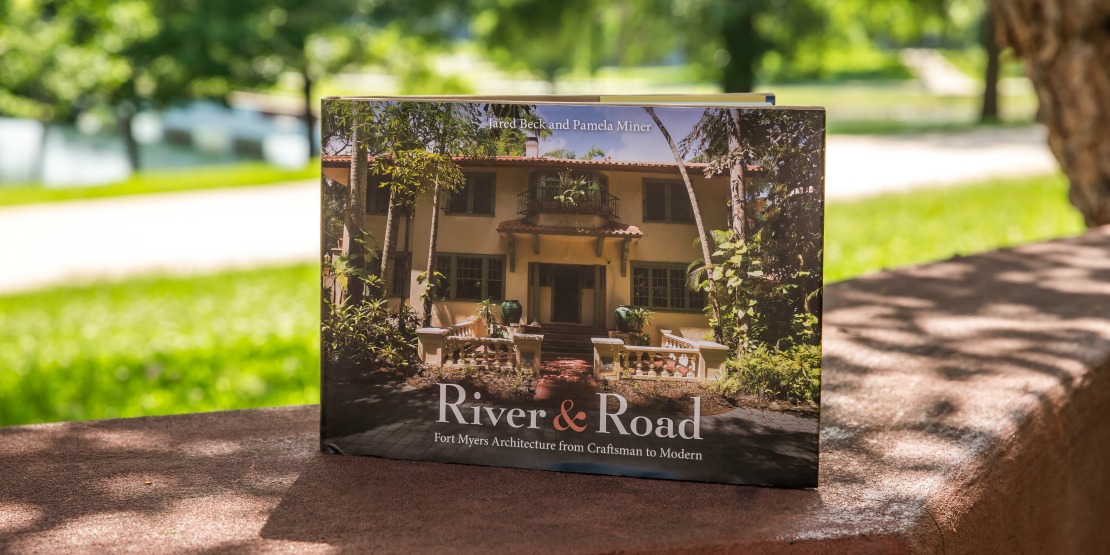It all started with a river (the Caloosahatchee River) and a road (McGregor Boulevard).
These two parallel pathways are prominent landmarks in Fort Myers, a Florida city halfway between Tampa and Miami. This Gulf Coast tourist mecca rose to fame during the turn of the twentieth century when icons like Thomas Edison and Henry Ford flocked there during the winter.

As you drive down the famed 15-mile-long McGregor Boulevard, you’re enveloped by a canopy of palm trees lining the road. You pass white sand beaches, bustling resorts, and opulent estates.
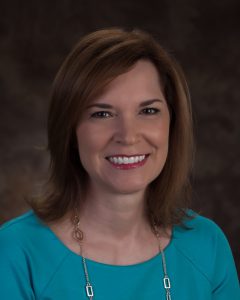
It is this atmosphere that Pamela Miner ’86, of Naples, Florida, sought to capture in her new award-winning book, River & Road: Fort Myers Architecture from Craftsman to Modern.
Along with urban planner and co-author Jared Beck, Miner shares intimate stories of Fort Myers homes — both the grand and the modest. Stories of eclectic owners, unique architecture, and painstaking renovations. Styles from Mediterranean and Italian Renaissance to Colonial and Contemporary. It offers a captivating perspective on the history of Fort Myers, told through its residences.
But how did this book come to life?
A Young Love for Old Things
Pamela “Pam” Miner’s love for old homes began early. She grew up in an 1874 Victorian in the small central Illinois town of Waverly. The light frame house had fourteen-foot ceilings, large windows, thick moldings and cornices, and numerous porches.
“The house, and the whole town really, were full of older character,” she says. “It’s in my blood. I’ve always been very much aware of the space that I’m in, and how it’s a part of me and I’m a part of it.”
This awareness put her on a historically-minded path.
When it came time to head to college, she chose William Woods because of its comfortable and welcoming campus environment. It was still an all-women college in those days. While at William Woods, Miner majored in history, with minors in dance and French.
“The Woods instilled real social lessons I bring with me to this day,” says Miner. “One of the first requests students were given was to say ‘hello’ to each other as we crossed paths along campus. Acknowledging your fellow woman gave us a sense of sharing this experience. Even today, I continue to recognize others with a smile and greeting as I move through my day.”
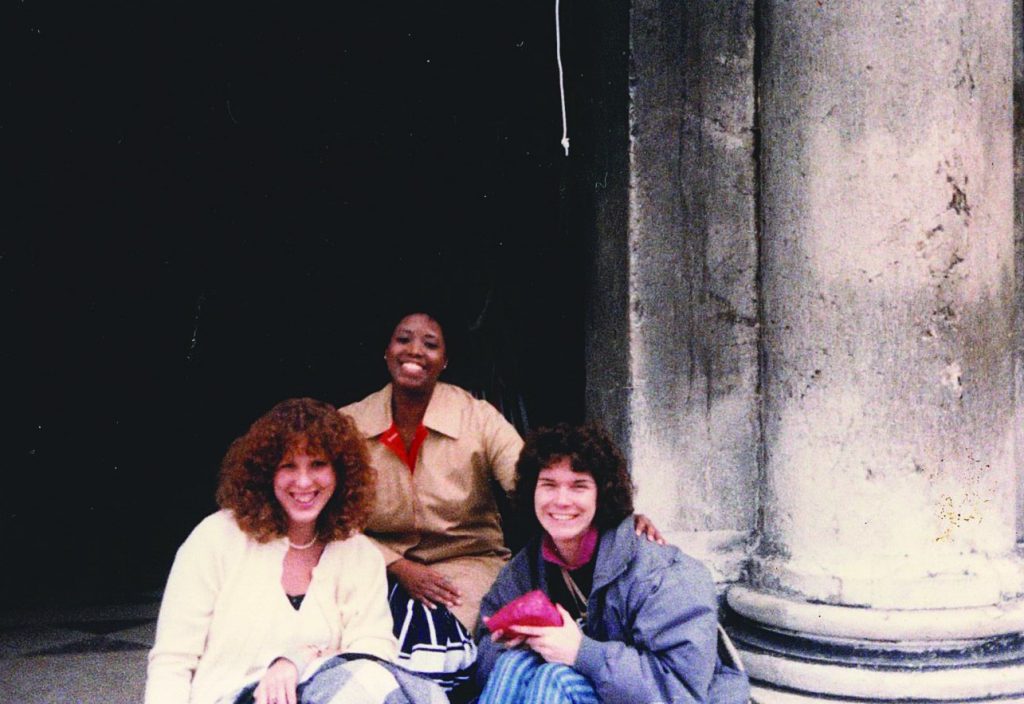
The fashions of the 80s are also a vivid memory of Miner’s time at William Woods.
“As a dancer and athlete, ’80s fashions worked well for me,” she remembers. “I cruised around campus in pink sweats, parachute pants, knit leg warmers, and Day-Glo plastic jewelry. I’d be on trend in an MTV video! But Sunday evenings were still dress, including white gloves, for Chapel services. Then off to dine on steak and shrimp at Tucker.”
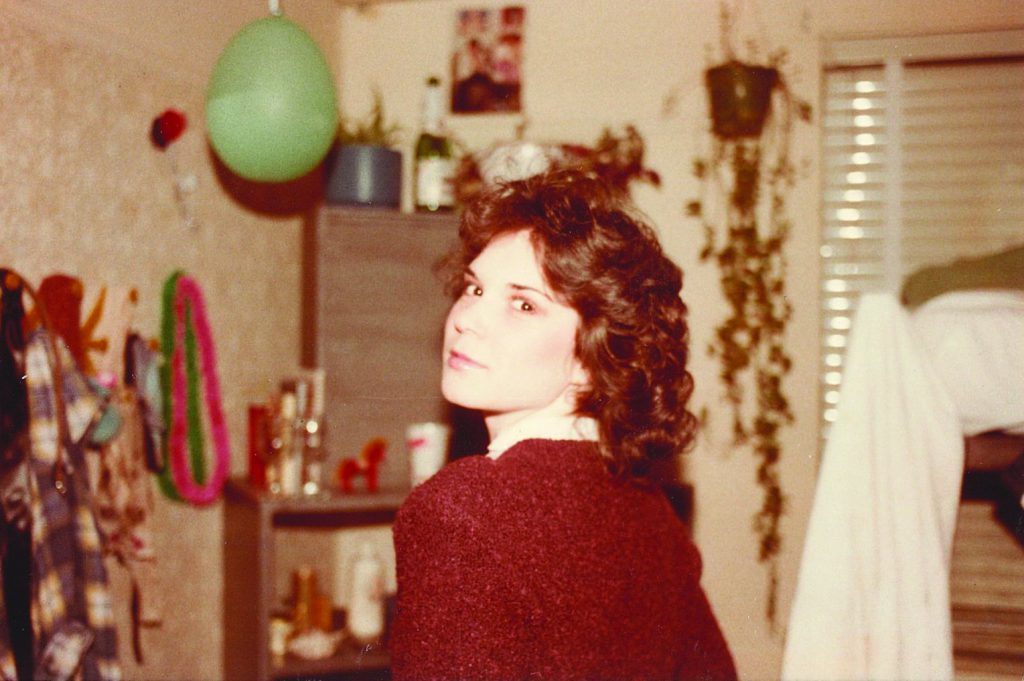
After graduation, Miner moved onto the University of Missouri, Columbia for her master’s degree in History with a specialty in historic preservation. She did her thesis on the university’s famous Francis Quadrangle in honor of the 150th anniversary of the school.
Working in a Time Machine
Miner’s history-based education led her to different roles within the Missouri State Archives in Jefferson City for over a decade. She unearthed and organized local records from historical societies, schools, and courts, helping them to be properly preserved and digitized. “I was in the deepest of basements,” she remembers, “looking in every nook and cranny for information.”
One of her favorite finds: a 1776 marriage license between two people in St. Genevieve.
“It’s like being in a time machine,” Miner says. “I just think it’s so interesting to bring a story and a moment as simple as that to life for it to be experienced again. It may be just words on paper, but it’s so much more than that. It’s like I’m there at their wedding over two hundred years later.”
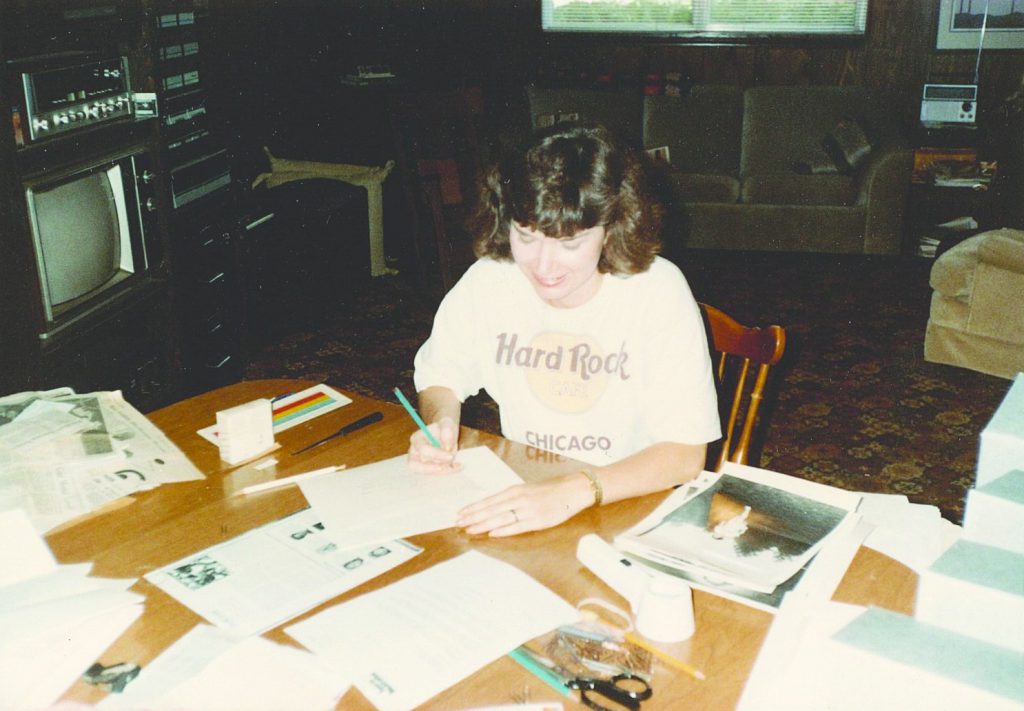
While at the archives, Miner also had the exciting opportunity to work with author and friend Sharon Kinney Hanson on a book about Helen Stephens ’37, a local track and field champion, two-time Olympic medalist, and fellow WWU alumna who later helped launch the school’s women’s track team. Miner worked with Hanson to organize and process the papers of the famous “Fulton Flash.”
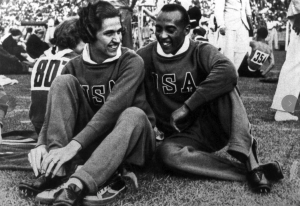
Miner met regularly with Stephens and recalls that “she was always bubbly and in a good mood. It was fun to be around her and hear the wonderful stories about her full, diverse, and interesting life. She always had something to do and wanted to laugh and enjoy it.”
From Missouri to Florida
After many years spent uncovering Missouri treasures, it was time for a change. Miner moved to Florida to be closer to family and started working as the records manager and archivist for the city of Cape Coral.
An exciting career jump came when she was named Curator of Collections and Interpretation at the Edison & Ford Winter Estates in Fort Myers.
“I’ve always been very active in preservation, so it was a natural fit to work with historic homes directly,” says Miner.
While at the Estates, she was responsible for the curation of all the collections, whether it was planning out the houses, the building and structures, the artifacts, or the archives and library. During her tenure, the 21-acre site also underwent a $15 million “inch-by-inch restoration project,” as she terms it.

“Learning about Edison and Ford as people was the best part of this role,” she says. “When people hear their names, they think lightbulb and car. But there’s so much more. Working at the property and being able to give it a new and longer life was a fantastic experience.”
This familiarity with the Fort Myers area is what led to Miner to her recent book project.
Connecting over a County
Miner and Beck crossed paths regularly in their roles as a curator and an urban planner, respectively. They worked on several projects together and bonded over their mutual love for the Fort Myers area. The two began brainstorming interesting ways of preserving the local history, finally honing in on the historic homes in one of the neighborhoods.
The properties they feature in River & Road, which was published last summer, are all located around the area between the Caloosahatchee River and McGregor Boulevard, and the many small side streets.
They spent months researching the homes, interviewing current and former homeowners, and writing the individual narratives, plus working with a photographer and contracting with a publisher (the University Press of Florida) to create the final product.
“We always knew we didn’t just want a book of pictures and captions,” says Miner. “We knew that we wanted a story. The base is the different architectural styles throughout the area, but it’s the stories of the peoples, the architects, and the areas that really just created this beautiful book.”
A River and a Road
“Classified as a Mediterranean Revival home, this Spanish-Italian-Moorish hybrid has a traditional central hall floor plan with flanking rooms.”
So begins the description of Villa Palmera, the 1920s house featured on the cover of River & Road and Miner’s favorite home in the book.
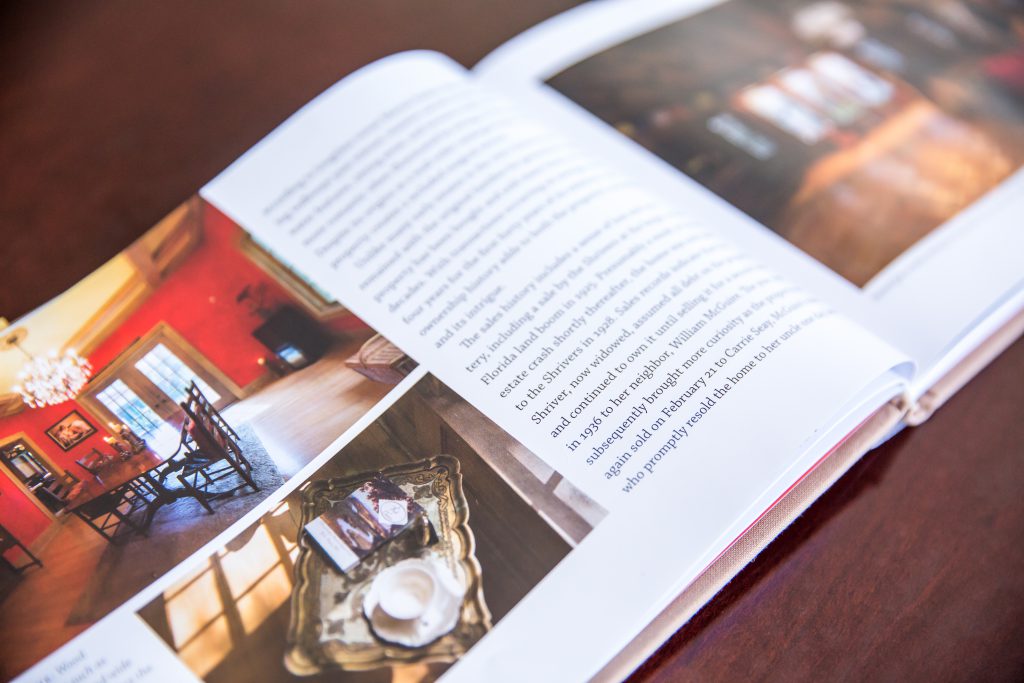
It is a place where Miner says she could spend the entire day wandering both inside and out and simply sitting, looking out the windows. There are whimsical architectural gems like ornate staircases and a stained glass-decorated garage-turned chapel. The grounds have turned into a tropical jungle for birds, mammals, and reptiles, with meandering paths through the greenery. Plus, it has intriguing ownership history. It’s these little details that make this book come alive.
“Friends of mine lived there and immediately replied ‘yes’ when we asked to use the house as a sample chapter. I also spoke to the family that lived there in the 50s and 60s,” remembers Miner. “It was important to get details about each of the structures, but also about living in the houses — what makes a house a home.”
With a chapter on each of the 28 featured homes, the authors lavishly detail the history of the different properties, the owners, the location’s significance, the interior and exterior minutiae, furniture choices, and the overall ambiance, with anecdotes about Fort Myers itself woven in.
What surprised Miner the most about the process: The connections. She met several people who grew up in one of the featured homes and then lived in another later on.
Owning one of these houses isn’t for everyone, with the restoration and history that comes along with it.
“It takes a special person to live in a historic home,” says Miner. “You develop a heart and soul for it. It’s about creating a new legacy for yourself, your family, and the house.”
And this book is preserving a very important legacy: The Fort Myers area.
Opening New Doors
A career in historic preservation has helped Miner become an expert on everything from a Budd passenger train car to Edison’s dentures to jalousie windows. After teaching several years at Florida Southwestern State College, she is now working at the Collier County Museums system on life in the Everglades, continuing her raison d’etre of historic preservation and public history.
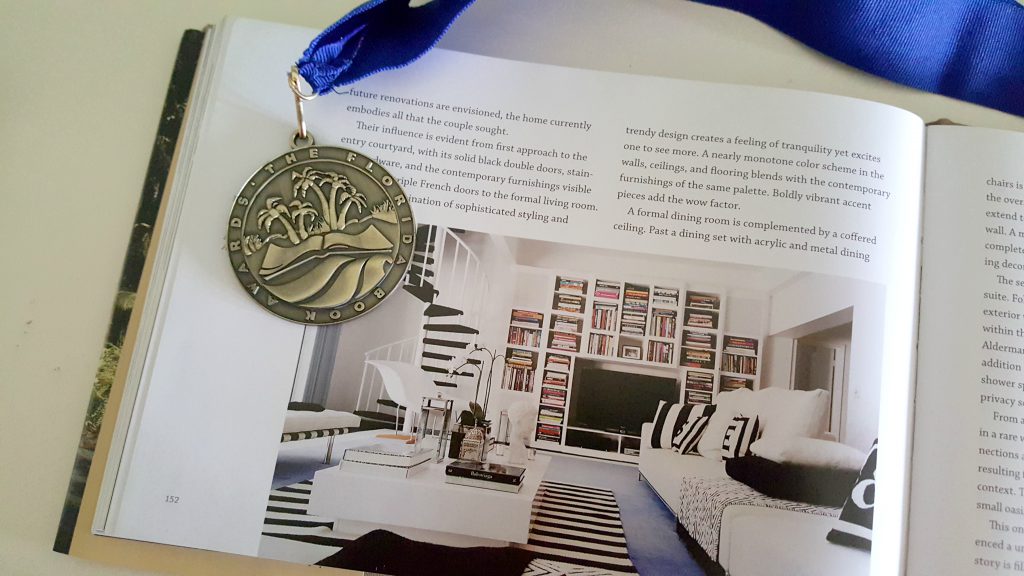
This April, River & Road received the Gold Medal Award for Visual Arts from the 2017 Florida Book Awards. However, this book doesn’t mark an end to Miner’s publishing endeavors. She and Beck want to team up again to highlight the architectural wonders of other Florida neighborhoods and take on some new editorial challenges.
But no matter what path she finds herself on, Miner always has fond memories of her time at The Woods. And, as with most of her memories, she tells one of her favorite stories through the lens of a historic home:
One of my favorite people at William Woods was the history professor, Dr. Charles Jones [who passed away in 2016]. He was a fabulous person and a fabulous professor. I always enjoyed being in his classroom, but many of his history students also got to visit his home in Fulton for dinner with him and his wife. When the house was first built, it didn’t have electricity; it was important to the Joneses to carry that through, so they didn’t use electricity in part of their home, including the dining room.
Even now, all these years later, I can envision being at their dining room table with the candlelight and enjoying a wonderful meal with Dr. and Mrs. Jones. We talked about what we were taught in the classroom, but also what we learned outside of the classroom. As a historian, sitting there and having dinner by candlelight made for great memories.

